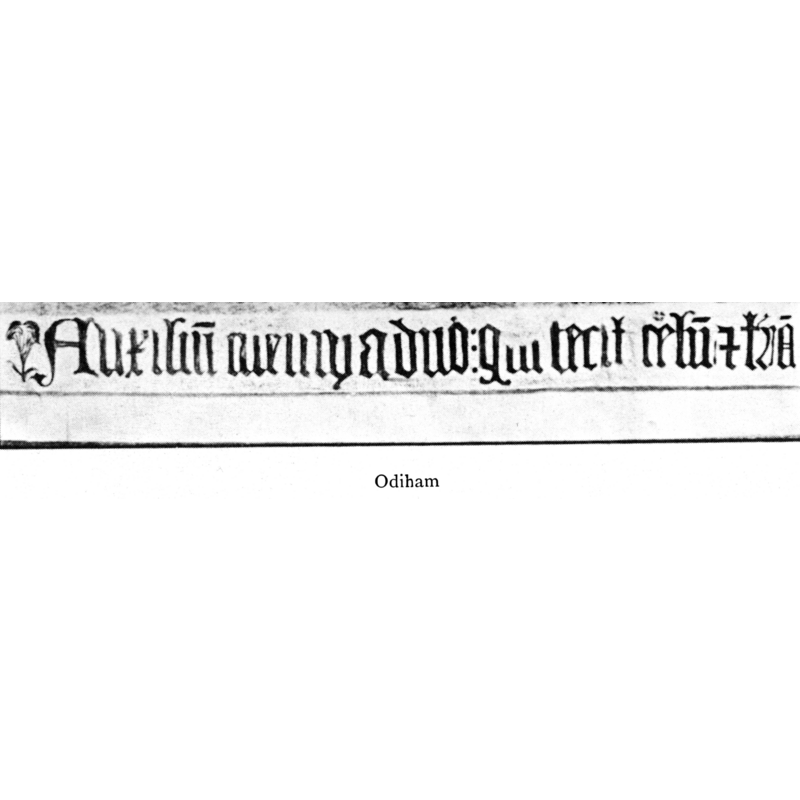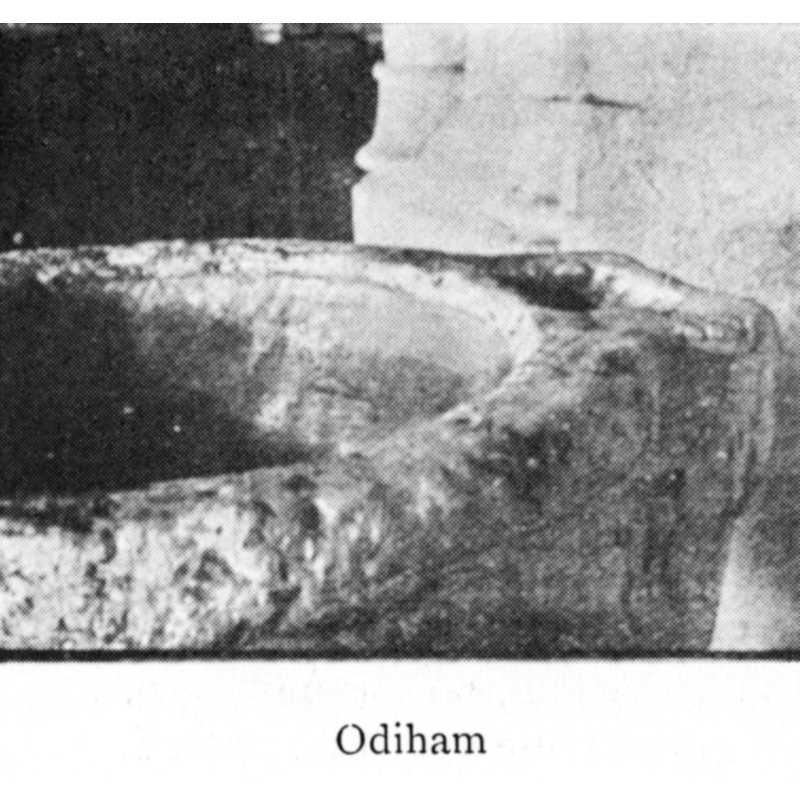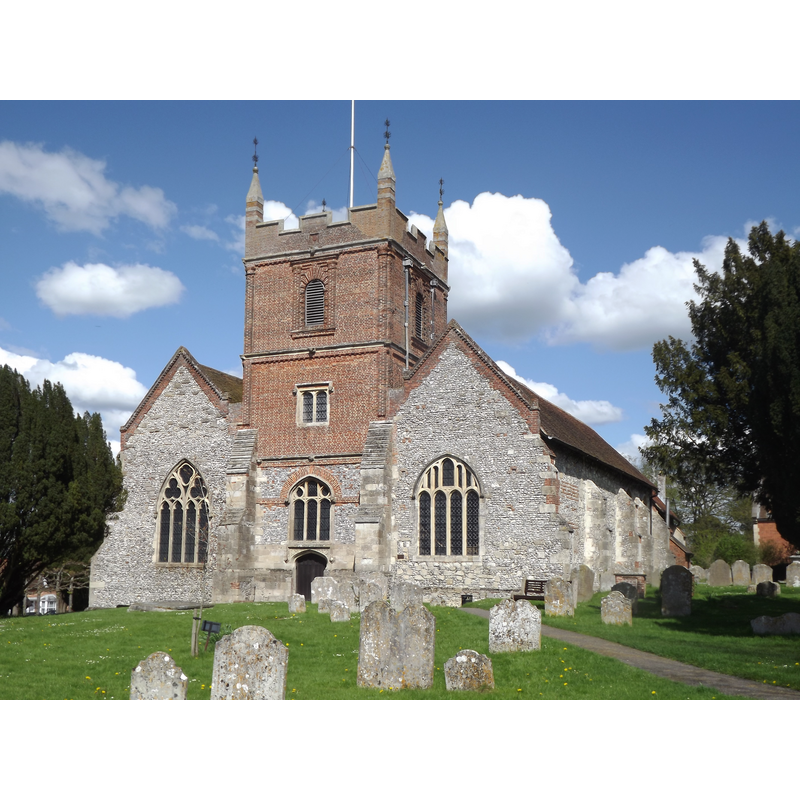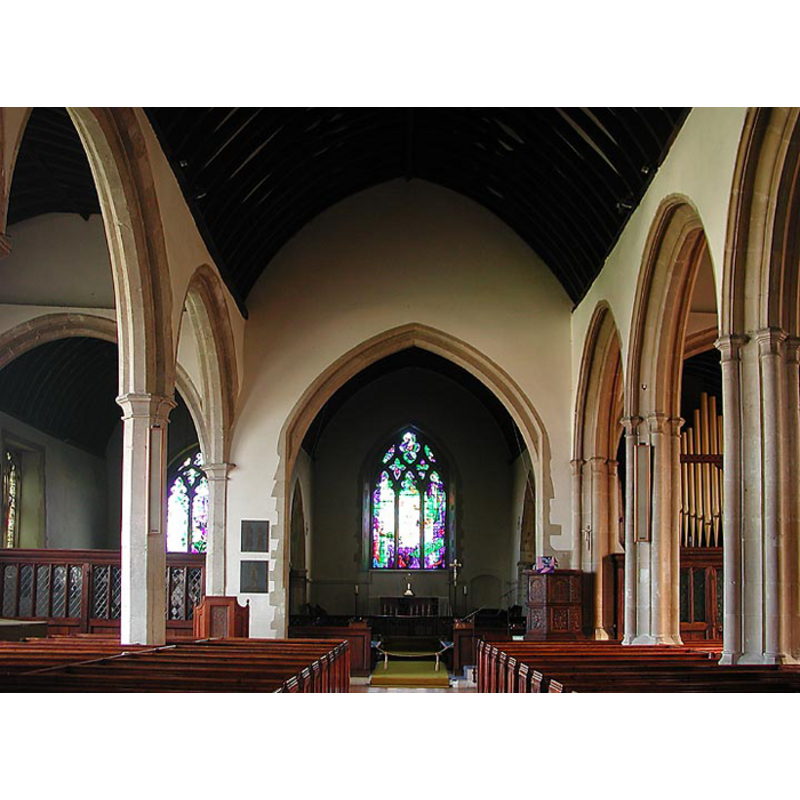Odiham / Hodiam / Odiam / Odyam / Odyham / Wudiham
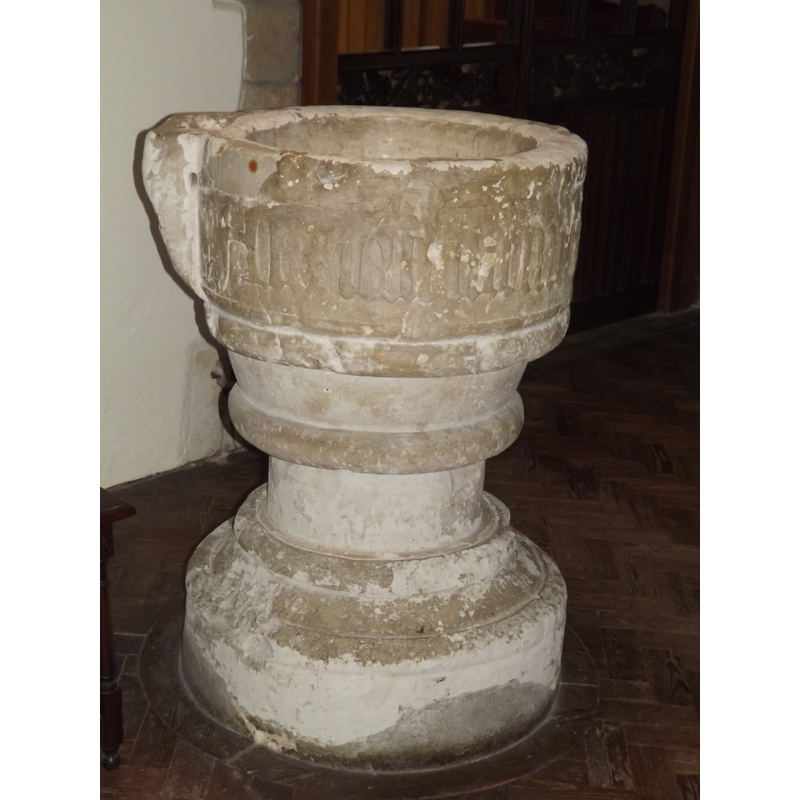
Image copyright © Colin Smith, 2012
Image and permission received (email of 14 May 2012)
Results: 11 records
design element - motifs - roll moulding
design element - motifs - roll moulding
inscription
inscription
view of basin's top - detail
view of church exterior - northwest view
view of church exterior - southwest view
view of church interior - nave - looking east
view of church interior - nave - looking west
view of font
INFORMATION
FontID: 01201ODI
Object Type: Baptismal Font1
Church/Chapel: Parish Church of All Saints
Church Patron Saints: All Saints
Church Location: 1 The Bury, Odiham, Hook RG29 1ND, UK -- Tel.: +44 1256 703395
Country Name: England
Location: Hampshire, South East
Directions to Site: Located off (E) the B3349, 15 km E of Basingstoke
Ecclesiastic Region: Diocese of Winchester
Historical Region: Hundred of Odiham
Font Location in Church: Inside the church, in the SW corner of the nave
Century and Period: 13th century / 15th century, Early English? / Perpendicular?
Workshop/Group/Artisan: font with appendage
Cognate Fonts: More English fonts with appendages at Alvington (Gloucs), Castle Combe Wilts), Feniton (Devon), Iron Acton (Gloucs), Odiham (Hants), Pitsford (Nhants), Sutton Bonnington (Notts), Youlgreave (Derbys), etc. [There are many fonts in France that have larger projections or are actually double-fonts]
Credit and Acknowledgements: We are grateful to Allan Soedring, of www.astoft.co.uk, for his photographs of this church
Font Notes:
Click to view
There is an entry for Odiham in the Domesday survey [http://opendomesday.org/place/SU7451/odiham/] [accessed 2 August 2018]; it reports "2 churches. 2.0 church lands" in it. White (1878) writes: "There is a very curious Norman font, with the cavity for chrism, and a Latin inscription signifying 'My help is in God who made heaven and earth'." Listed in Cox & Harvey (1907) as a noteworthy baptismal font of the Early English period with an inscription. Described and illustrated in Bond (1908): "a font apparently of the thirteenth century has an oblong projection on one side of the rim of the bowl, in which is hollowed a small trough. Since there are two holes in the bottom of the trough to the exterior, it is hardly likely to be a piscina; it may indicate that either a font desk or a font cover was formerly fastened here." The basin is almost cylindrical -except for the said protrusion- and rather shallow, with an inscription in large letters carved around it [cf. Inscription area]; the underbowl is plain between two roll mouldings; the base is cylindrical, as is the lower base, both plain as well. Cox & Harvey (1907), argue that the protrusion is too small to be any sort of basin and that it may just be a special bracket for an unusually large font-cover structure. The Victoria County History (Hampshire, vol. 4, 1911) reports "loose stones in the tower, and one or two more built into the south aisle, which belonged to a 12th-century building, but the oldest walls now standing are those of the chancel and its aisles, and the lower part of the tower, which belong to the early part of the 13th century. [...] The font is placed at the south-west corner of the nave. It is of chalk, of 15th-century date, and has a circular moulded basin, stem and base. On the southwest side of the bowl is a curious rectangular projection, the top of which is hollowed into a small basin from which are two outlet holes. It is probably part of an arrangement for fastening the cover, as staples driven into the chalk rim of the bowl would have been likely to split it. Round the bowl is an inscription in black letter. It is much damaged owing to the soft nature of the material, but can still be read: 'Auxiliũ meum a dño qui fecit celũ & t[e]rā'". The entry for this church in Historic England [Listing NGR: SU7488150603] reports a "font of circa 1500" in it. [NB: it has also been suggested elsewhere that these protrusions occasionally found on baptismal fonts could have been used as rests for the candle, for the crucifix, for the chrismatories, etc.]
COORDINATES
Church Latitude & Longitude Decimal: 51.252678, -0.940485
Church Latitude & Longitude DMS: 51° 15′ 9.64″ N, 0° 56′ 25.75″ W
UTM: 30U 643722 5679939
MEDIUM AND MEASUREMENTS
Material: stone, type unknown
Number of Pieces: three?
Font Shape: cylindrical (mounted)
Basin Interior Shape: round
Basin Exterior Shape: round
INSCRIPTION
Inscription Language: Latin
Inscription Notes: Cox & Harvey give the citation as Psalms cxxi, 2 (with the usual contractions), and note it as done in "black letter" style, perhaps later than the font itself.
Inscription Location: Around the circular bowl
Inscription Text: "AUXILIUM MEUM A DOMINO QUI FECIT C[O]ELU[M] ET TERRA[M]"
Inscription Source: Cox (1907: 171-172); Bond (1985 c1908: 113 and ill. on p. 111); VCH [cf. FontNotes]
LID INFORMATION
Notes: the protrusion on the upper basin side may have been something to do with the cover [or not; cf. Font notes]
REFERENCES
Victoria County History [online], University of London, 1993-. Accessed: 2011-06-03 00:00:00. URL: https://www.british-history.ac.uk.
Bond, Francis, Fonts and Font Covers, London: Waterstone, 1985 c1908
Cox, John Charles, English Church Furniture, New York: E.P. Dutton & Co., 1907
Davies, J.G., The Architectural Setting of Baptism, London: Barrie and Rockliff, 1962
Swann, E., "Fonts of Unusual Shape, with Appendages", 1887, Proceedings of the Historical Society, 1887, pp. 67-82; p. 68
White, William, History, gazetteer and directory of the County of Hampshire including the Isle of Wight, and [...], Sheffield: William White, 1878

